By David Burke.

George Blake has just died aged 98 at his dacha outside Moscow where Putin’s overseas intelligence service, the SVR, was protecting him from Covid-19. Blake was held in high esteem by the Russians. Putin has said that the “memory of this legendary person will be preserved forever in our hearts”. Putin awarded him a medal in 2007.
Blake was arrested in London in 1961 and sentenced to 42 years imprisonment but escaped from Wormwood Scrubs in 1966 with the aid of Sean Bourke from Limerick. He then spent two months in London before making his way to East Germany.
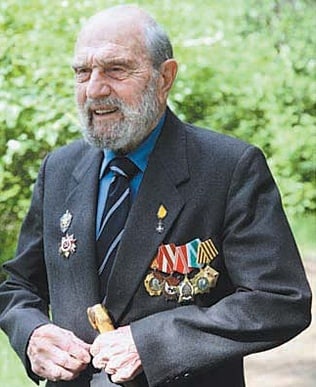
The story of his escape and the time he spent in hiding in London is astonishing. Blake may have been helped by Soviet agents inside the British Establishment. The Director-General of MI5, Roger Hollis, 1956-65, was believed by many to be one such agent. He retired the year before Blake made his escape, something which gave him four years to help the KGB prepare a plan to break Blake free.
Roger Hollis, another traitor?
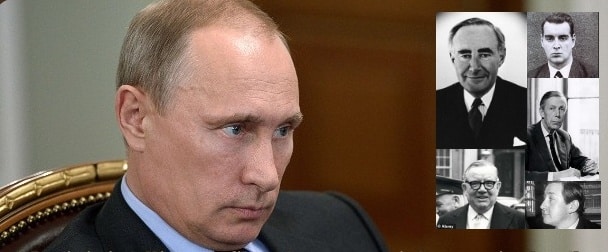
Roger Hollis was investigated on an official basis on a number of occasions by MI5 and MI6 officers for treachery. The evidence against him was compelling. At the very least, if he was not a traitor, there must have been another very senior mole inside MI5.
Outside MI5, Christine Keeler was adamant that he was a traitor. Keeler was at the centre of the Profumo spy scandal involving Stephen Ward. Keeler revealed that Hollis and Ward were part of a spy circle involving a confirmed MI5 traitor Sir Anthony Blunt. Further details can be found here: Keeler Concealer: the British Establishment’s severe embarrassment at the depth of the Soviet Union’s penetration of MI5 and MI6.
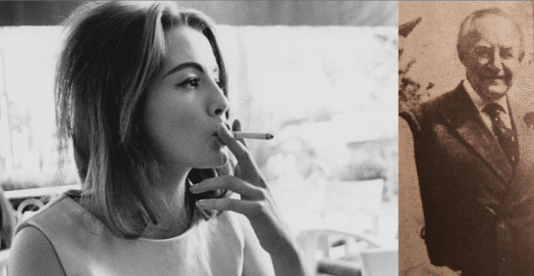
If Hollis was indeed a traitor, he would have installed other agents inside MI5 to keep the red flag flying behind closed doors after he left. One possibility is that it was these who could have helped move Blake from London to East Germany in 1966.
One thing is clear: it is inconceivable that the KGB would have let Blake rot in jail for 42 years if there was any chance to spring him. At the very least, his severe sentence was a deterrent to all of its agents and potential recruits in Britain. If Hollis was a traitor, it is obvious that the KGB would have relied heavily on him to help them plan Blake’s escape.
Even if one allows that Blake’s escape from the confines of his goal in London was something he and the Irishman Bourke achieved on their own, there is still the difficult question of how he managed to hide in London for two months and then made it to East Germany. According to the official narrative, we are meant to believe that he had no help from MI5 traitors or the KGB, merely two CND activists, Michael Randle and Pat Pottle, who took him across Europe in a camper van.
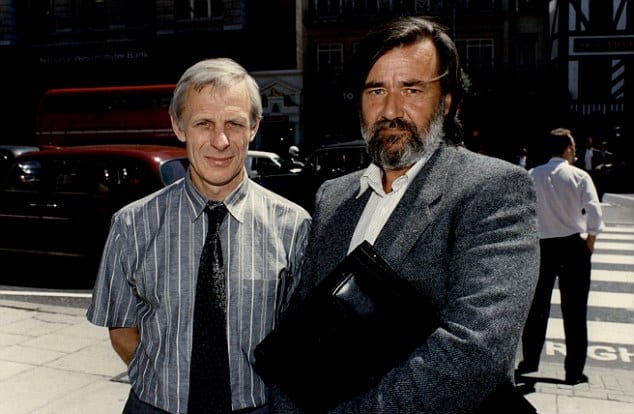
The allegations of Patrick Meehan
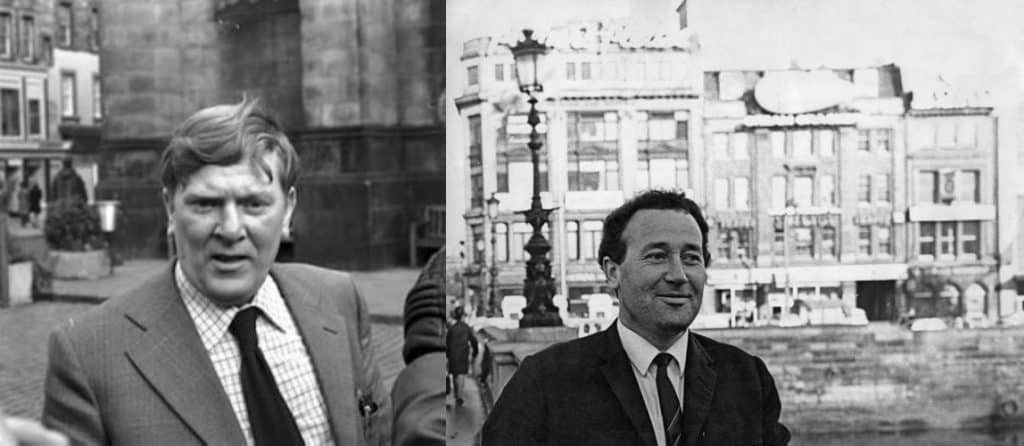
The only evidence that MI5 – or a faction within it – wanted Blake to escape emanates from the late Patrick Meehan, a criminal from Scotland. He produced a book in 1989, ‘Framed by MI5’, in which he claimed that in 1963 he was approached by a man he dubbed ‘Hector’ to spring a ‘spy’ in an English prison. The man portrayed himself as a Soviet sympathiser but Meehan reckoned he was an MI5 officer. ‘Hector’ had known that Meehan had briefly been a member of the Communist Party in 1950. Nothing of substance emerged from the approach but it alerted Meehan to the possibility MI5 was prepared to stage an escape. Whether ‘Hector’ was a KGB officer who knew about Meehan’s communist past or an MI5 officer with the same knowledge, what is important is that Meehan concluded he was from MI5. After Blake escaped, he began to talk about this and circulated the theory that MI5 had wanted to spring Blake.
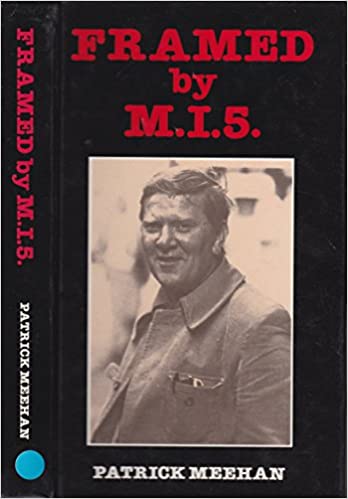
Meehan was not involved in any way in the later 1966 escapade involving Sean Bourke.
For his part, Blake has always maintained that Bourke acted without any outside help.
The implications of Meehan’s Book
Let’s give Meehan the benefit of the doubt and see where it takes us. For a start, this involves accepting that ‘Hector’, was indeed from MI5 and therefore acting on the orders of D-G Roger Hollis. This scenario raises one question MI5 should be made to answer: why did they never ask Meehan to help them in any sort of an inquiry into the mysterious ‘Hector’, the man who knew of Meehan’s communist past and wanted to recruit him to spring a ‘spy’ in an English prison.
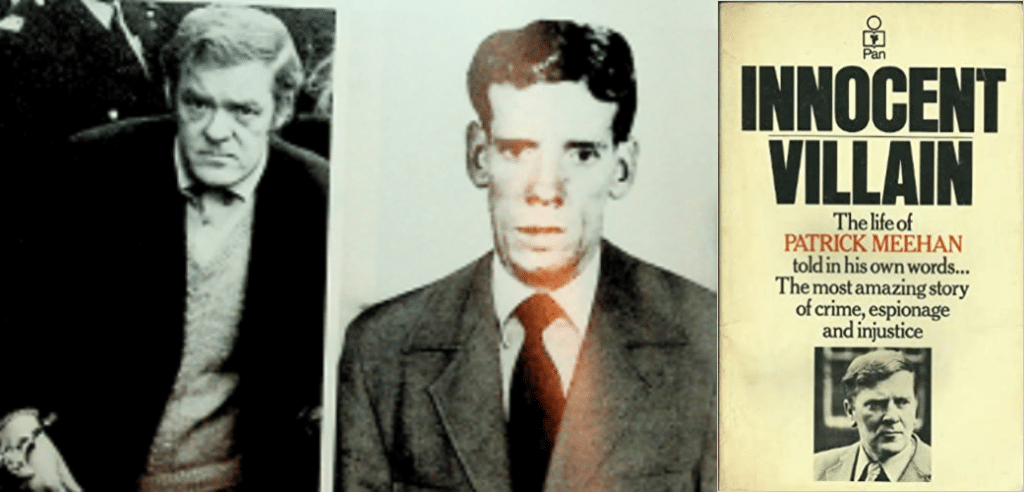
Meehan wrote the book in revenge for being framed for the murder of Rachael Ross in Ayr, Scotland in 1969. Although innocent, he was convicted but received a Royal pardon in 1976 after years in prison. He also received £40,000 in compensation after a campaign by the likes of Ludovic Kennedy. This, however, was not enough to assuage his anger and he had his revenge – as he saw it – by producing his book in 1989 while the Peter Wright ‘Spycatcher’ book storm was still raging. It was an expansion of an earlier book he had written in 1978 called ‘Innocent Villain’ (Pan books Limited 1978).
Meehan’s conviction had been secured by ‘rigging’ an identification parade, the planting of evidence and the committing of perjury at his trial by high-ranking detectives.
According to Meehan, “In the conspiracy to frame me high-ranking detectives, acting on the instructions of MI5, found it necessary to suppress evidence that would have led to the arrest of the two men who did in fact commit the Ayr murder; namely, William McGuinness and Ian Waddle. Framing me for the murder was an exercise calculated to put me out of circulation.”
Waddle admitted his guilt. McGuinness was murdered in Glasgow.
Meehan’s pardon was followed by a report by Lord Hunter (the Hunter Report) to Parliament.
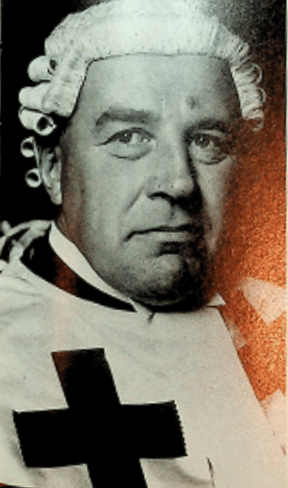
If we continue to assume that Meehan was correct in his assessment that ‘Hector’ was from MI5, at least two possibilities arise: first, that a treacherous clique inside MI5 led and controlled by D-G Roger Hollis approached Meehan in 1963; alternatively, that Blake was released as part of a secret deal three years later with the Soviets that required him to appear to have ‘escaped’ rather than as part of a spy swop or as part of a diplomatic arrangement advantageous to the UK. The British public might not have countenanced either.
The Meehan aspect to the George Blake saga is ignored in the UK.

Predictably, the mainstream media in the UK is ignoring the Meehan angle to the Blake saga.
It must be stressed that there is no evidence that Blake and Bourke did anything other than act on their own i.e. without outside help from any other group or organisation. It is also entirely possible that after the escape their two CND allies Randle and Pottle were highly competent, committed and extremely luckily. But even if this is so, why did the British authorities fail to quiz Meehan about ‘Hector’? Why not do so after he began talking about him in the 1960s? Why not after the publication of his first book – which alluded to the story in 1978? Why not after his detailed description of ‘Hector’ in 1989?
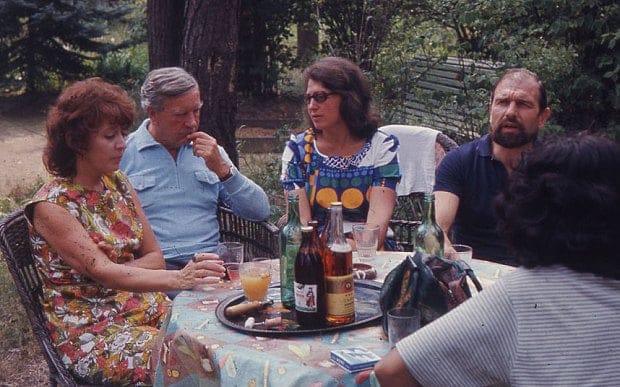
An important challenge for Cold War historians is to establish how many KGB moles penetrated the British military, navy and air force, not to mention MI5, MI6, GCHQ and other relevant departments, and got away with it and what damage they caused; moreover, how many successors they installed before they retired. The issue is still relevant as few spies were caught in the interim. Those who were included Geoffrey Prime of GCHQ and Michael Bettaney. How many moles might now be reporting to Putin’s spymasters as he sings the praise of the late George Blake?
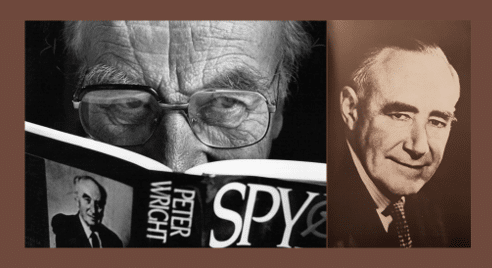
Further reading: The Soviets may have rumbled that Sir Maurice Oldfield of MI6 was susceptible to sexual blackmail on account of his attraction to young males and thereafter suborned him. (For more about Oldfield see Maurice The Mole? The Provisional IRA knew Sir Maurice Oldfield, Chief of MI6, was a homosexual. Did the Soviets know too?